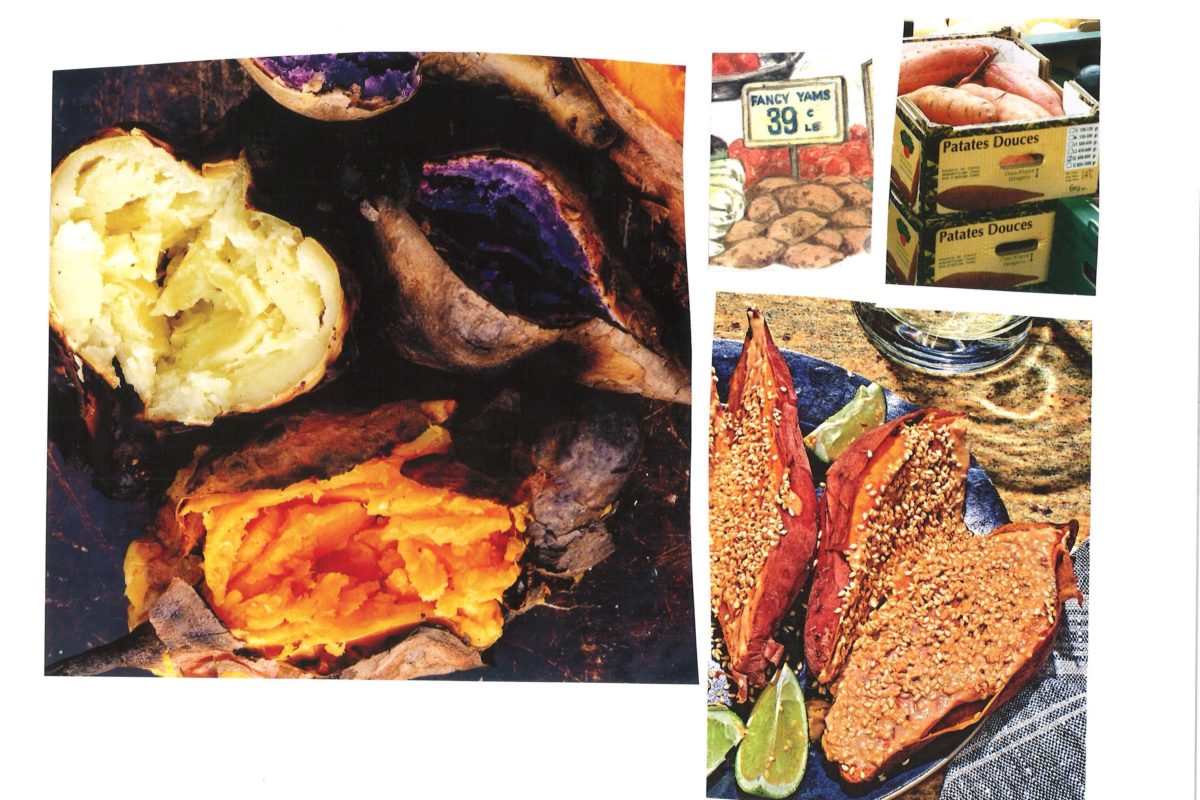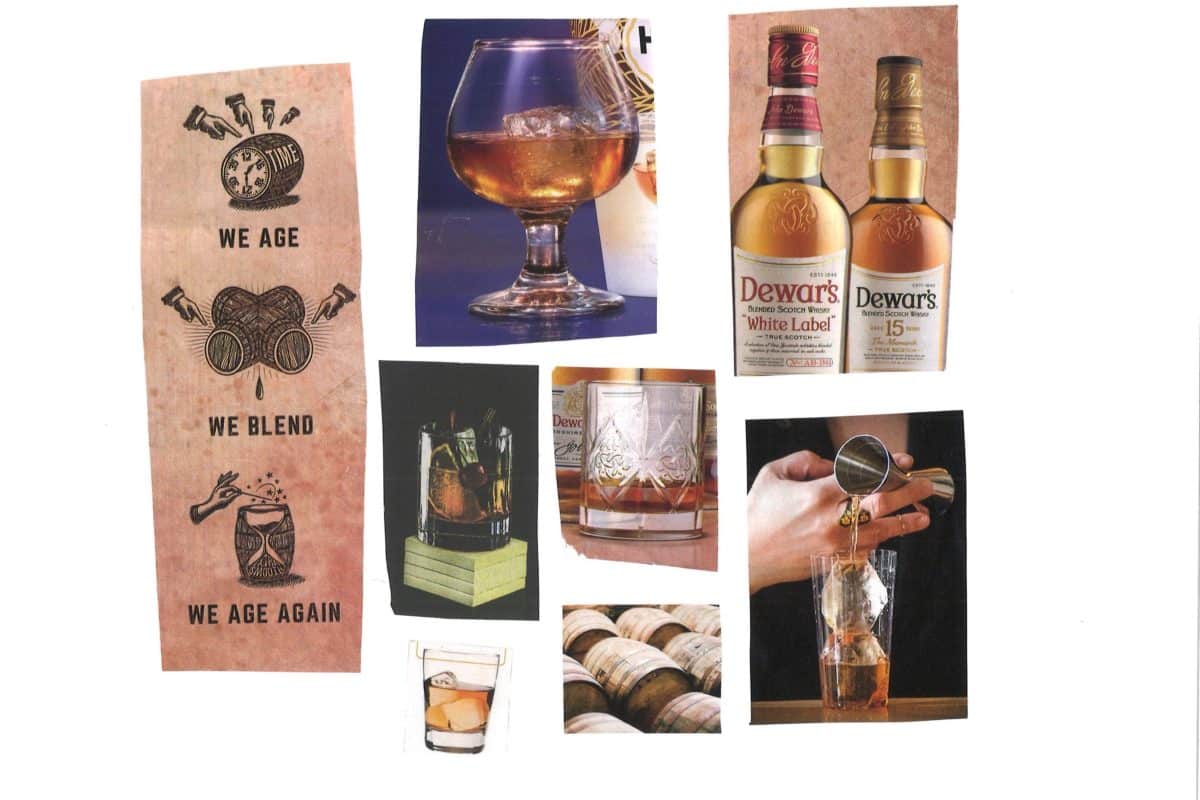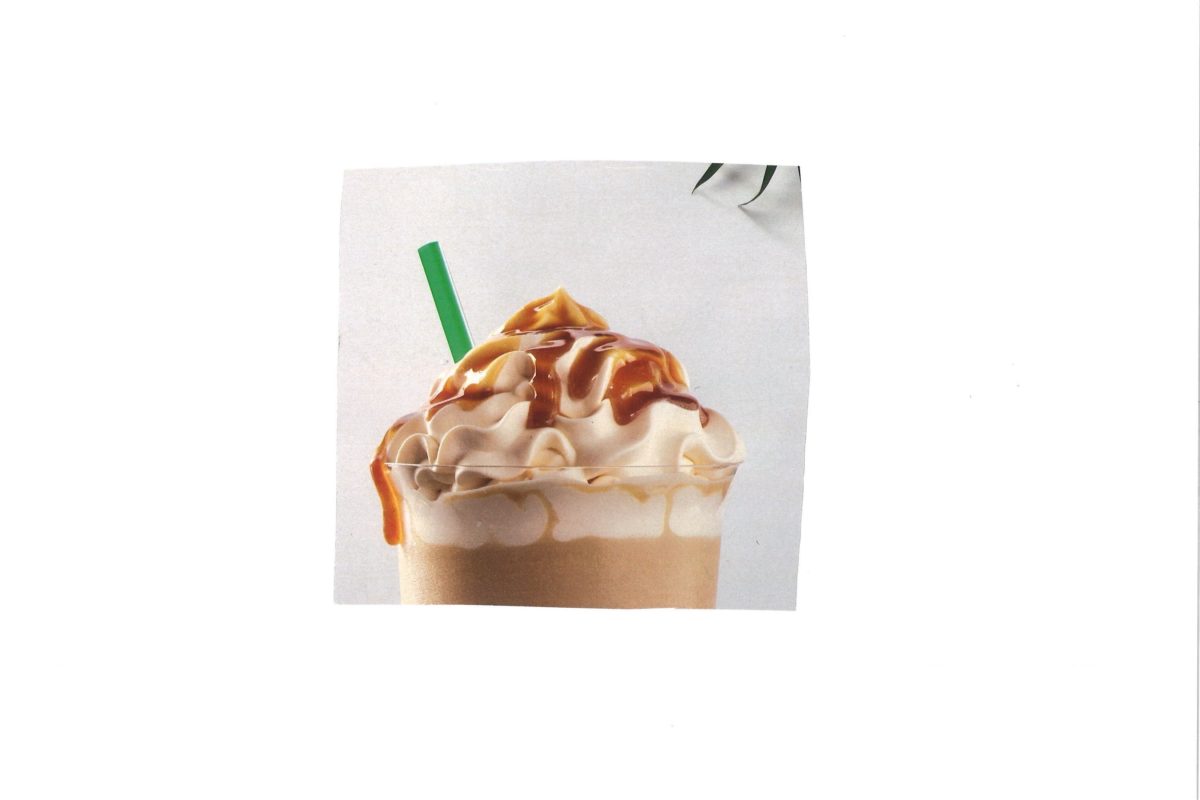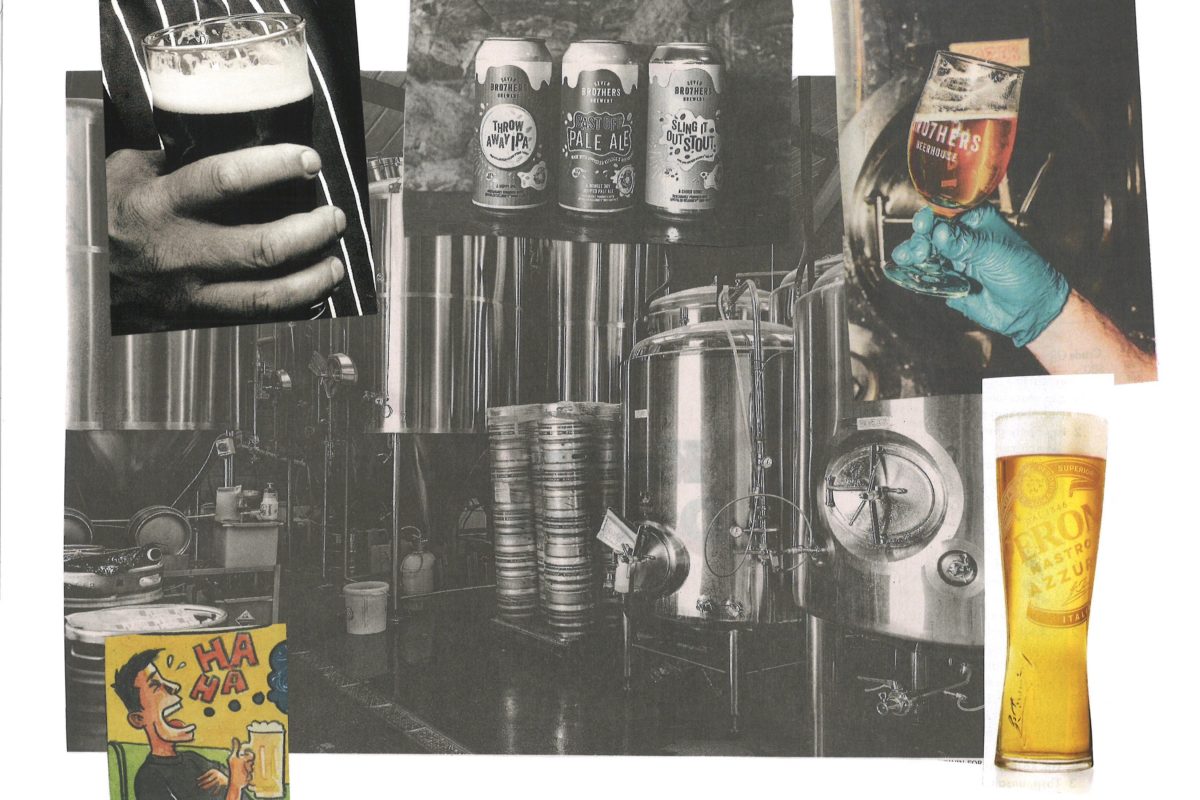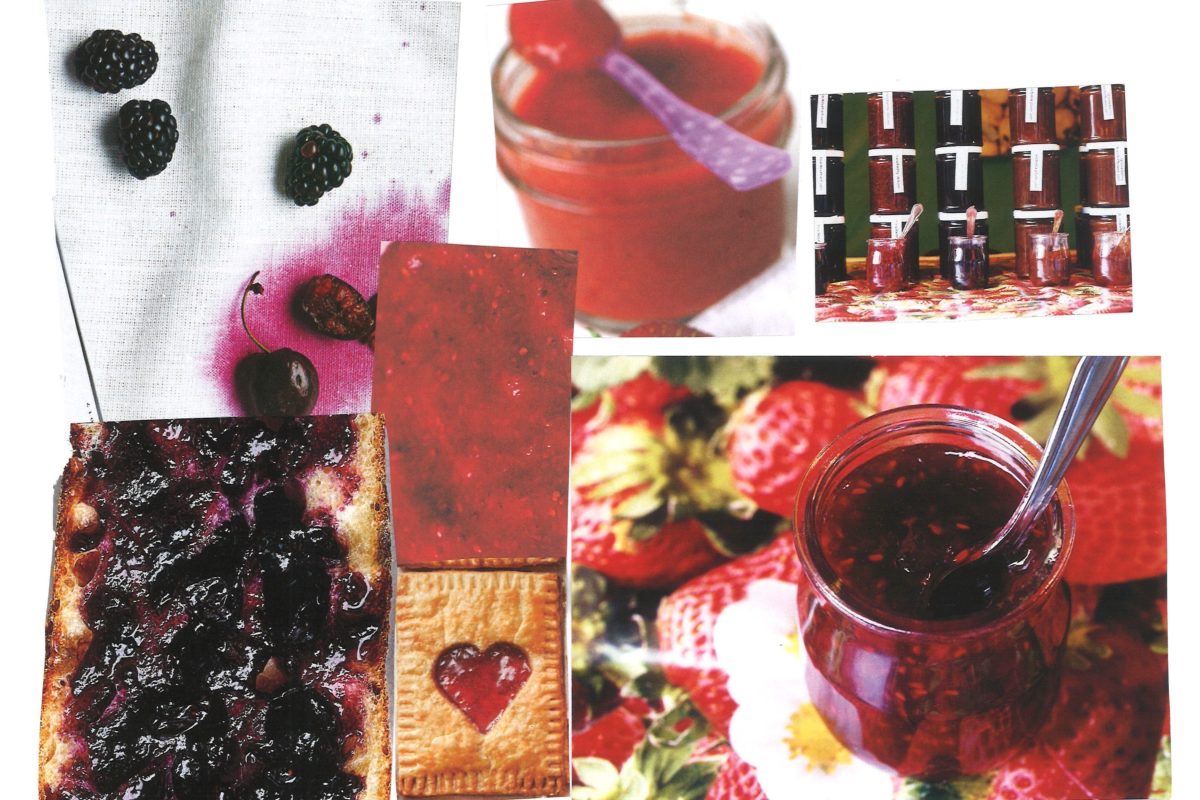What’s the Difference Between Pickling, Brining, Marinating, and Curing?
Before there were CBD seltzers and cauliflower pizza crusts and tie-dye frappuccinos and zoodles, and even before things like refrigerators and chest freezers and even ice boxes, humans had to eat. And surrounded by meats and fish and fruits and vegetables and other delicious stuff that gets decidedly un-delicious after a short time in the hot sun, our ancestors had to get creative. They had to figure out how to preserve it: to keep it fresher for longer, to make it taste good even after hanging out for days or weeks or months or years. They started pickling, brining, marinating, and curing it—methods that we still use today, even if we don’t actually understand the differences between them.
But before we start stocking our pantries, we need to talk about salt and acid. Salt and acid are the two major mediums in which food can be preserved; they’re the things that keep it from spoiling, and in many cases, the things that transform the food into something wholly new. When we talk about preserving (and/or flavoring) with salt, we’re talking about brining; when we talk about preserving (and/or flavoring) with acid, we’re talking about marinating.
A classic brine is a mixture made of salt and water, and it can be used to preserve and/or flavor pretty much anything: vegetables, fruits, meats, fish. (You may also see foods “dry-brined,” which means they’re covered in salt, not immersed in salt water.) Brining meat for a few hours or days before cooking it makes for a juicier and more tender final product; the salt disrupts the structure of the muscle filaments, allowing the meat to absorb more liquid (and therefore lose less moisture while cooking) and keeping the proteins from coagulating as densely as they would naturally (and therefore preventing the meat from getting too tough). Brining fish for a short period of time has a similar effect, but you’ll also see fish brined for much longer; stuff like lox, anchovies, and salt cod are brined for weeks or months. In those cases, the salt transforms the fish into entirely new ingredients; the salt inhibits the bad bacteria from proliferating and aids in the proliferation of new savory compounds, creating more complex flavors and aromatics where there were none before.
A marinade, on the other hand, relies on acid to do its job. Acids—such as vinegar, wine, fruit juices, and buttermilk—are great at killing microbes, making marination another great form of preservation. Marinades, like brines, also provide flavor, and like their salty cousins, they weaken a piece of fish or meat’s muscle tissue and allow it to retain more moisture when cooked.
So where does pickling come into this? According to food scientist Harold McGee, a pickle is a food preserved through immersion in a brine (as in brining) or a strong acid (as in marinating). So: pickles can be brined, or marinated, or both! In order to be considered a pickle, however, the food must be preserved through either method, not just flavored; a steak that’s marinated just before grilling isn’t really a pickle, for example. Though you’ll see it in other contexts, the term “pickling” is most often used to refer to preserved vegetables and fruits: think bread ‘n butter pickles, olives, preserved lemons, kimchi, and sauerkraut, just to name a few.
But when it comes to pickling, salt and acid (usually vinegar) have very different uses. Pickles that are brined, such as the aforementioned sauerkraut, kimchi, and preserved lemons, are also fermented; the salt encourages certain good microbes to flourish, while preventing the growth of other microbes that cause the food to go bad. The characteristics of the pickle depend on the salt concentration, fermentation length, and temperature—as well as the actual thing being pickled, of course.
Pickles that are dunked in acid, on the other hand, are unfermented; the vinegar stops the growth of the spoilage-causing microbes and helps to flavor whatever is being pickled, without stimulating the microbe growth that causes food to ferment. Pickling in acid is a lot faster and gives you more control over the texture of the final product, but the flavor that develops is a lot less complex.
And what about curing? Curing refers to any way of preserving food and preventing spoilage: it can mean brining, pickling, or marinating (as well as smoking, which isn’t on today’s lesson plan). If you’re doing something to food in order to make it last longer—short of, like, hiding a package of Oreos in the back of your pantry so that they’re out of your line of sight—you’re curing it.
SO, to debrief:
Brining = preserving and/or flavoring with salt
Marinating = preserving and/or flavoring with acid
Pickling = preserving with salt (fermented pickles) or preserving with acid (unfermented pickles)
Curing = all of the above
If you liked this, subscribe to the What’s the Difference newsletter here!

